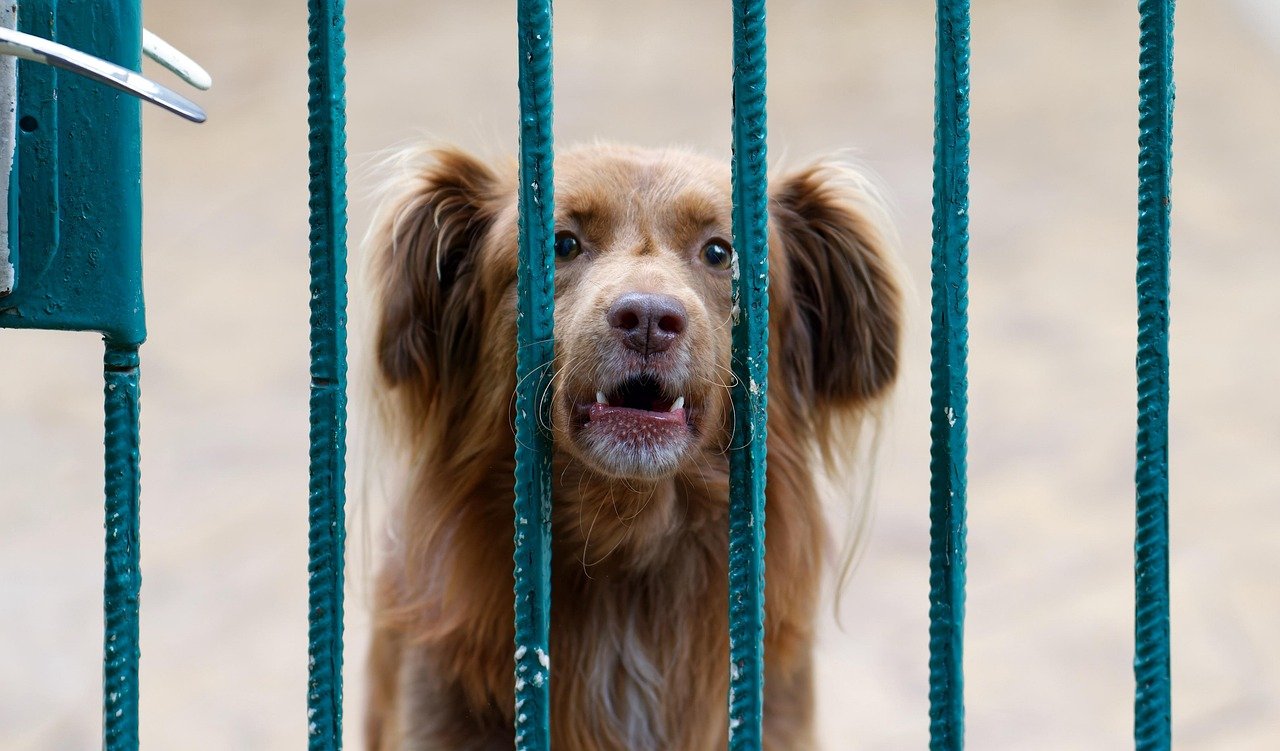Sometimes, we unintentionally encourage bad behavior in our dogs without even realizing it. Things like inconsistent rules, giving attention at the wrong times, or skipping mental stimulation can send mixed signals. Letting your pup pull on the leash “just this once” or laughing when they jump up can create habits that are tough to break later. Dogs thrive on clear, calm, and consistent guidance. Overindulging, under-exercising, or punishing after the fact can confuse them more than correct them. Understanding how your own habits influence your dog’s behavior is key to building a balanced, respectful bond. With small tweaks in how we respond, we can set our pups up for success!
Rewarding Bad Behavior with Attention
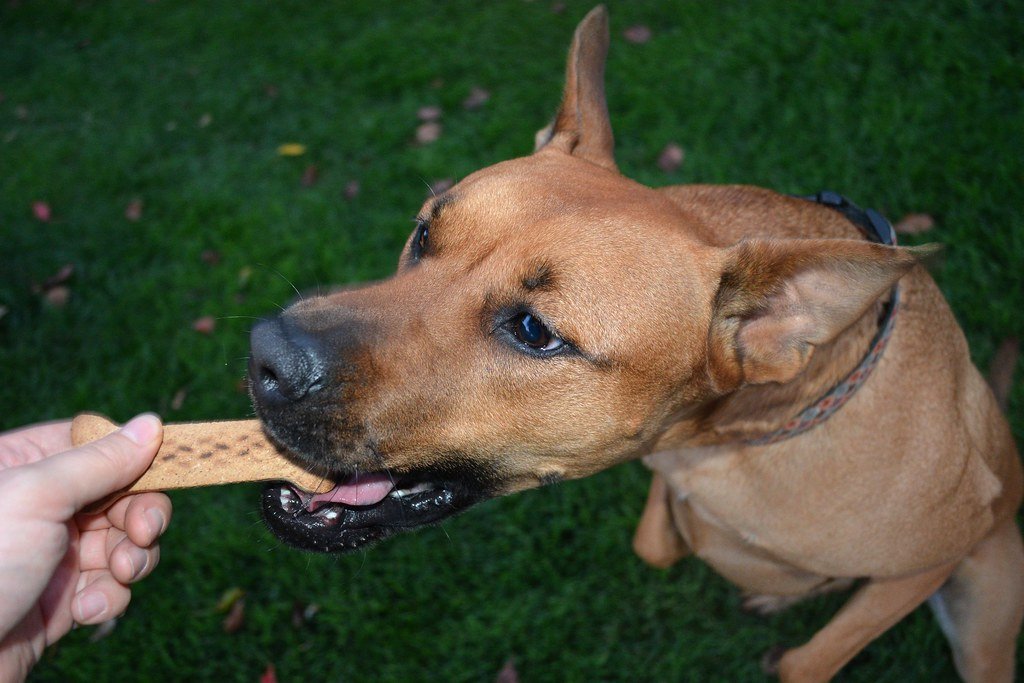
It’s almost instinctual: your dog barks for a treat, and you give in just to quiet them down. Or maybe your pup paws at you while you’re on a Zoom call, and you absentmindedly pet him just to keep him calm. These tiny moments might seem harmless, but they actually teach your dog that bad behavior gets results. Dogs are social creatures, and your attention is their jackpot.
Even scolding, yelling, or pushing your dog away can be seen as attention from their perspective. If barking, whining, or jumping up earns a reaction—positive or negative—they’re likely to repeat the behavior. Breaking this cycle means calmly ignoring attention-seeking antics and rewarding your dog only when they’re behaving the way you want. It’s tough, but consistency is key.
Inconsistent Rules and Boundaries
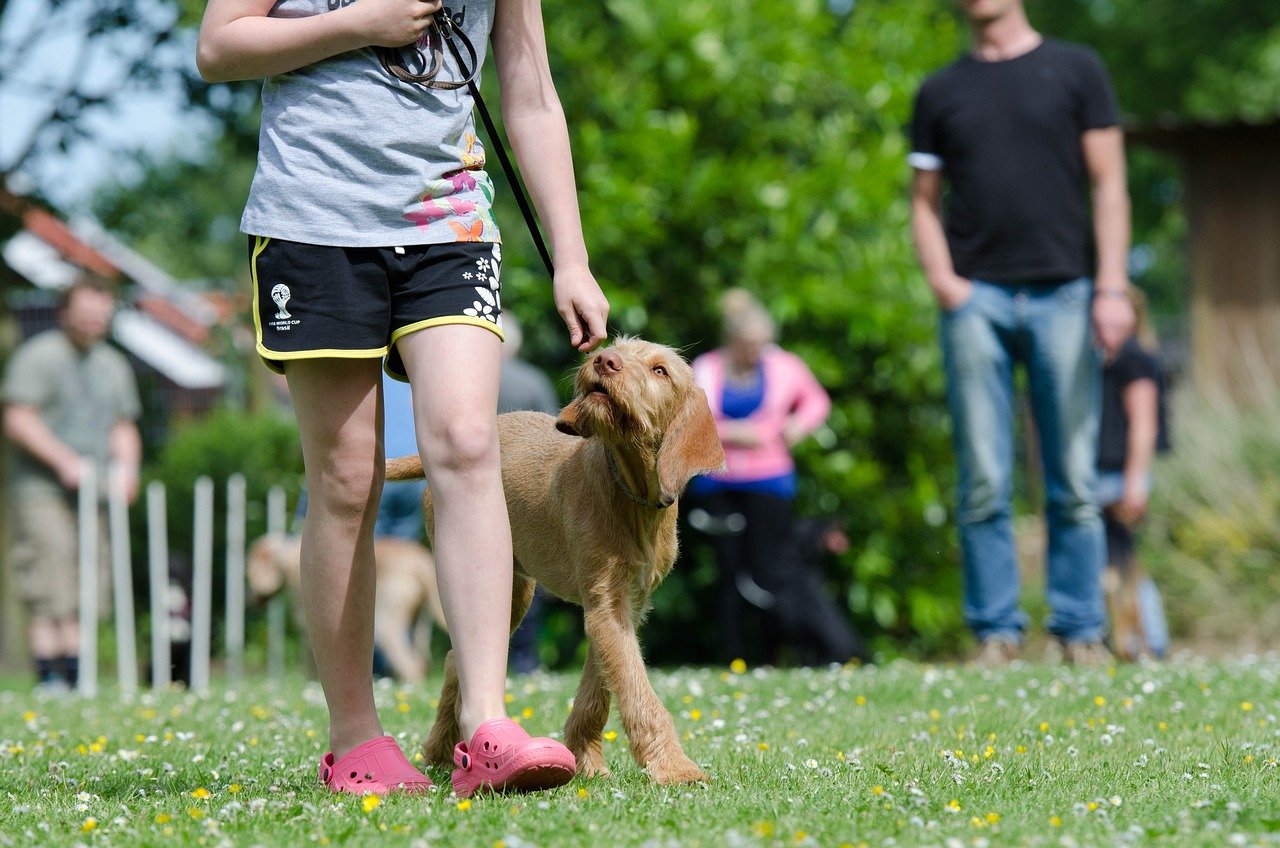
Dogs thrive on routine and consistency, but many owners unknowingly send mixed signals. Maybe you let your dog on the couch sometimes but scold them other times. Or perhaps you allow jumping when you’re in a playful mood, but not when guests arrive. This inconsistency confuses your dog, making it impossible for them to know what’s expected.
Imagine living in a world where the rules change every day. It would be frustrating, right? Dogs feel the same way. To help your pup succeed, set clear, simple boundaries and stick to them. Make sure everyone in the household follows the same rules. When your dog knows what to expect, they’re much less likely to act out.
Lack of Mental and Physical Exercise
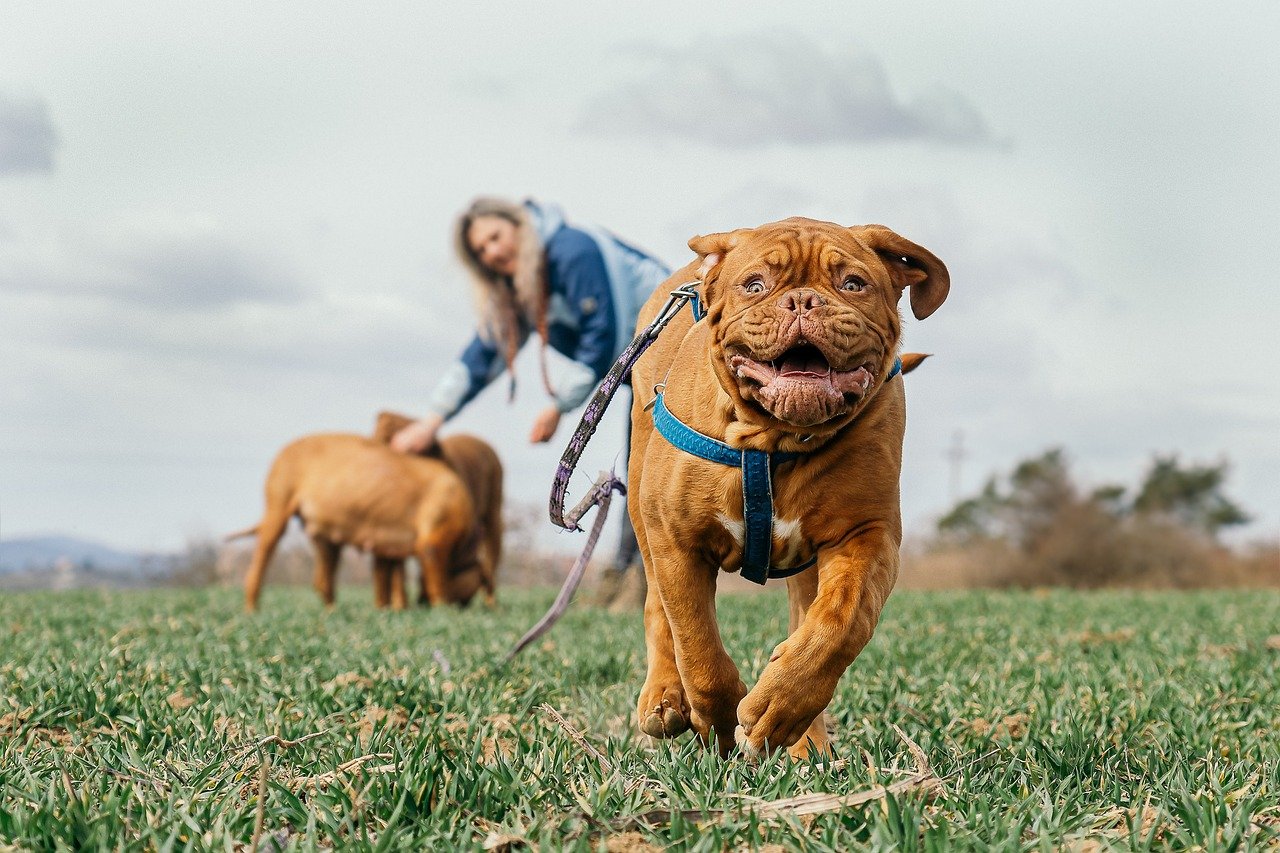
A bored dog is a mischievous dog. Many owners underestimate just how much exercise—both mental and physical—their furry friends truly need. Without enough stimulation, dogs find their own ways to stay busy, often resulting in unwanted behavior like chewing, digging, or excessive barking.
Think of your dog as an energetic toddler: if you don’t provide enough activities to channel that energy, chaos is bound to happen. Daily walks, play sessions, and puzzle toys can make a world of difference. Even a quick game of hide-and-seek or practicing new tricks can turn boredom into contentment, reducing the urge for trouble.
Neglecting Early Socialization
The first few months of a dog’s life are crucial for learning about the world. Unfortunately, many owners don’t realize how important early socialization is until it’s too late. Missing this window can lead to fear, aggression, or anxiety around new people, animals, or environments.
Socialization doesn’t just mean taking your dog to the park. It’s about calmly exposing them to a variety of sights, sounds, and experiences—like meeting friendly strangers, hearing the vacuum, or riding in the car. The more positive encounters your pup has early on, the more confident and well-behaved they’ll be as adults.
Using Punishment Instead of Positive Reinforcement
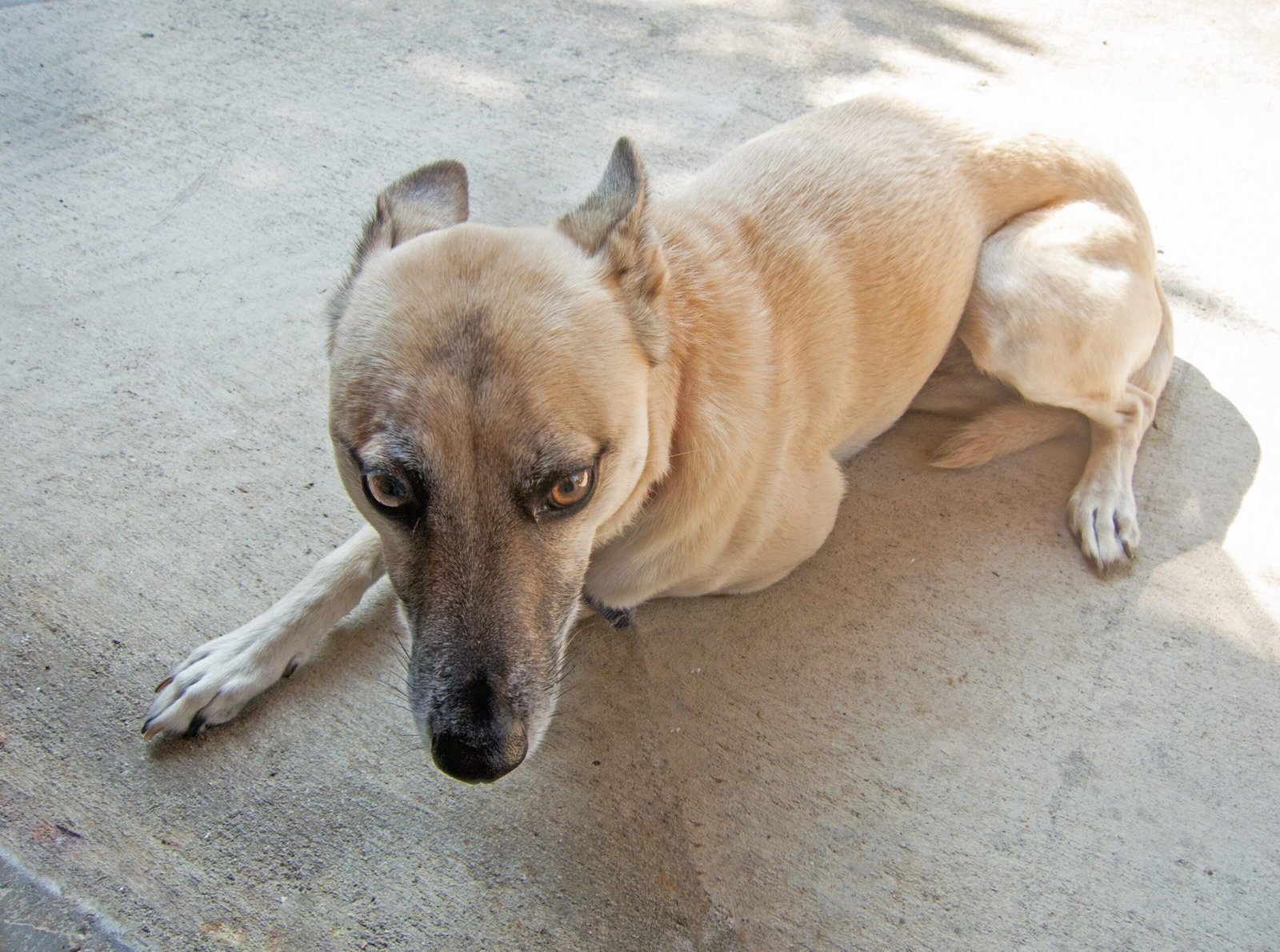
It’s tempting to scold or punish your dog when they misbehave. But harsh corrections often backfire, making dogs anxious or even fearful. Worse yet, punishment rarely teaches them what you want—they only learn to avoid you or act out when you’re not around.
Positive reinforcement, like treats or praise, builds trust and helps your dog understand exactly which behaviors earn rewards. Instead of focusing on what your dog is doing wrong, catch them doing something right and celebrate it! This approach creates a happier, more confident dog—and a much stronger bond between you.
Ignoring Early Warning Signs

Sometimes, bad behavior doesn’t appear out of nowhere. There are often small warning signs that something isn’t right: growling, cowering, or subtle changes in appetite or playfulness. Many owners brush these off, hoping they’ll disappear. But ignoring these hints can allow small issues to snowball into serious problems.
Paying close attention to your dog’s body language and habits is like reading a secret diary. If you notice something off, address it early—whether it’s with training, enrichment, or a trip to the vet. Early intervention can prevent bigger headaches down the road and keep your dog happy and healthy.
Reinforcing Fear or Anxiety

Comforting your dog when they’re scared seems like the right thing to do. But too much coddling during thunderstorms or fireworks, for example, can reinforce your dog’s fear. When we shower a frightened dog with attention, hugs, or soothing words, we may accidentally signal, “Yes, this is really scary—you should be afraid!”
Instead, model calm and confident behavior. Encourage your dog to focus on something positive, like a game or a tasty treat. This helps teach them that scary situations aren’t so bad and that they can look to you for leadership and reassurance.
Improper or Infrequent Training

Many dog owners start off strong with training, then let things slide once the basics are down. Or they only practice commands in certain situations, like at home but not at the park. Dogs need regular, real-world practice to truly understand and remember what they’ve learned.
Training isn’t a one-and-done event—it’s a lifelong conversation. Just a few minutes a day can keep your dog sharp and responsive. Varying the environment and distractions also helps your dog generalize their skills, so they’ll listen no matter where you are or what’s going on.
Not Recognizing Breed-Specific Needs

Every dog is unique, but breed plays a big part in your dog’s instincts and needs. A border collie, for example, will crave more mental stimulation and exercise than a bulldog. Ignoring these differences can lead to frustration for both you and your pup.
Understanding your dog’s natural drives, whether it’s herding, hunting, guarding, or cuddling, helps you provide the right outlets for their energy. Matching activities to your dog’s breed tendencies can dramatically reduce unwanted behaviors and create a happier, more harmonious home.
Projecting Human Emotions and Expectations
It’s easy to forget that dogs experience the world differently than we do. We might expect them to “know better” or feel guilty for chewing up a shoe, but dogs live in the moment and don’t hold grudges or understand right and wrong the way humans do. Projecting our emotions onto them creates confusion and can even damage trust.
Instead, try to see the world through your dog’s eyes. Use clear, simple communication and remember that patience and empathy go a long way. Your dog isn’t being stubborn or spiteful—they’re just trying to understand what you want.
At the end of the day, most dogs don’t misbehave just to be “bad”—they’re simply reacting to the cues we give them. By being more mindful of our actions, routines, and reactions, we can guide our dogs toward better behavior without confusion or frustration. A little consistency, patience, and awareness can go a long way. Remember, your dog wants to please you—they just need to understand how!

Andrew Alpin from India is the Brand Manager of Doggo digest. Andrew is an experienced content specialist and social media manager with a passion for writing. His forte includes health and wellness, Travel, Animals, and Nature. A nature nomad, Andrew is obsessed with mountains and loves high-altitude trekking. He has been on several Himalayan treks in India including the Everest Base Camp in Nepal.

